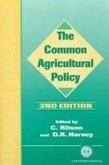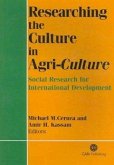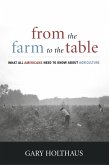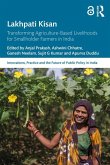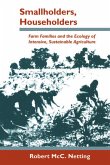During the last decade European agriculture has been dominated by the issues of overproduction and environmental degradation. Against this background a number of proposals to reduce surpluses and protect the environment have been implemented. Among these was the introduction in the UK of environmentally sensitive areas (ESAs) as described in the UK Agriculture Act of 1986 implementing part of an EC regulation on Improving the Efficiency of Agricultural Structures. ESAs have been set up in areas of the country where wildlife, landscape and recreation are threatened by agricultural change. Farmers, joining on a voluntary basis, are paid to continue farming in an environmentally friendly, traditional manner which is typically extensive and livestock-based. By 1994 the total area covered will be approaching three million hectares. This book provides a review and an economic and policy assessment of the first and second rounds of designated ESAs, five years after their inception. Seven chapters examine particular case studies, covering a range of agricultural ecosystems from England, Wales, Scotland and Northern Ireland. Other chapters describe the background to the setting up of ESAs, how the benefits of the policy can be measured and how it compares with alternative policy options. ESA schemes are now being initiated in France and Denmark. The book addresses a topical issue and is aimed at a wide range of readers concerned with agricultural and environmental economics, policy and management.
Hinweis: Dieser Artikel kann nur an eine deutsche Lieferadresse ausgeliefert werden.
Hinweis: Dieser Artikel kann nur an eine deutsche Lieferadresse ausgeliefert werden.


